Temperatures are dropping, and home heating costs are rising. Finding ways to make your home more energy efficient this winter is essential for a happy, healthy cold season.
In this article, we’ll cover ten quick and easy tips to help you stay happy and warm all winter long without breaking your budget.
Insulate Your Outlets

Outlets on outside walls are a hidden source of cold drafts.
©Luis Camargo/iStock via Getty Images
Outlets — particularly those on outside walls — are a hidden source of cold drafts. These inserts are rarely insulated, providing a sneaky crack for cold air to sneak through.
Fortunately, this fix doesn’t require meddling with dangerous wiring or a significant investment in insulation. You can get affordable outlet insulation pads that fit under the faceplate online or at your local department store. You can also use safety covers for extra coverage.
Re-Caulk Your Windows
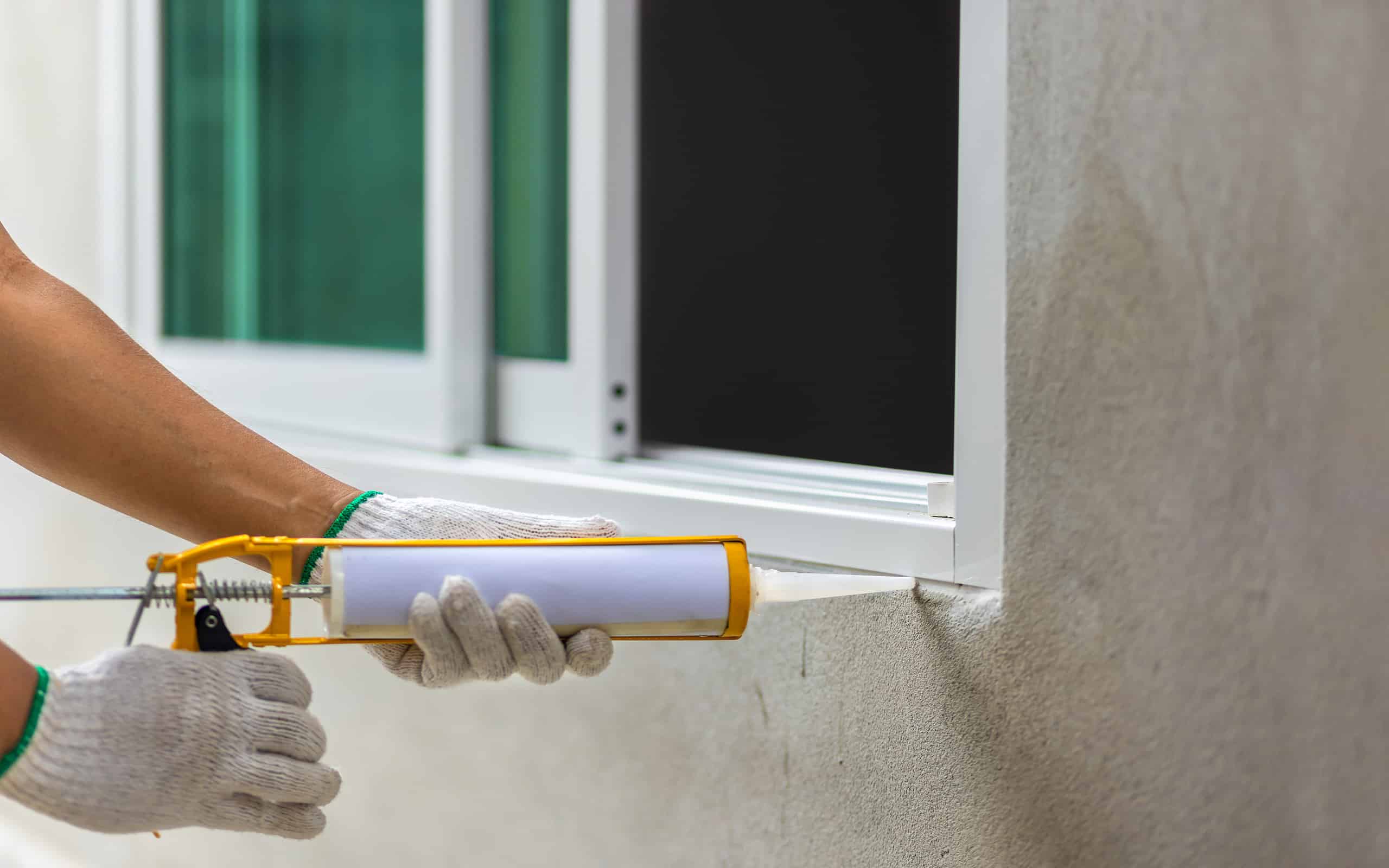
Re-seal your windows every couple of years.
©Toa55/iStock via Getty Images
Windows account for at least 30% of home heat loss through the winter. Another affordable way to make your home more energy efficient this winter is to re-seal the windows every few years.
Grab a few bottles of silicone caulking and an applicator from your local department store and dedicate a weekend to this simple yet effective way to make your home airtight.
Invest in Cellophane Window Kits
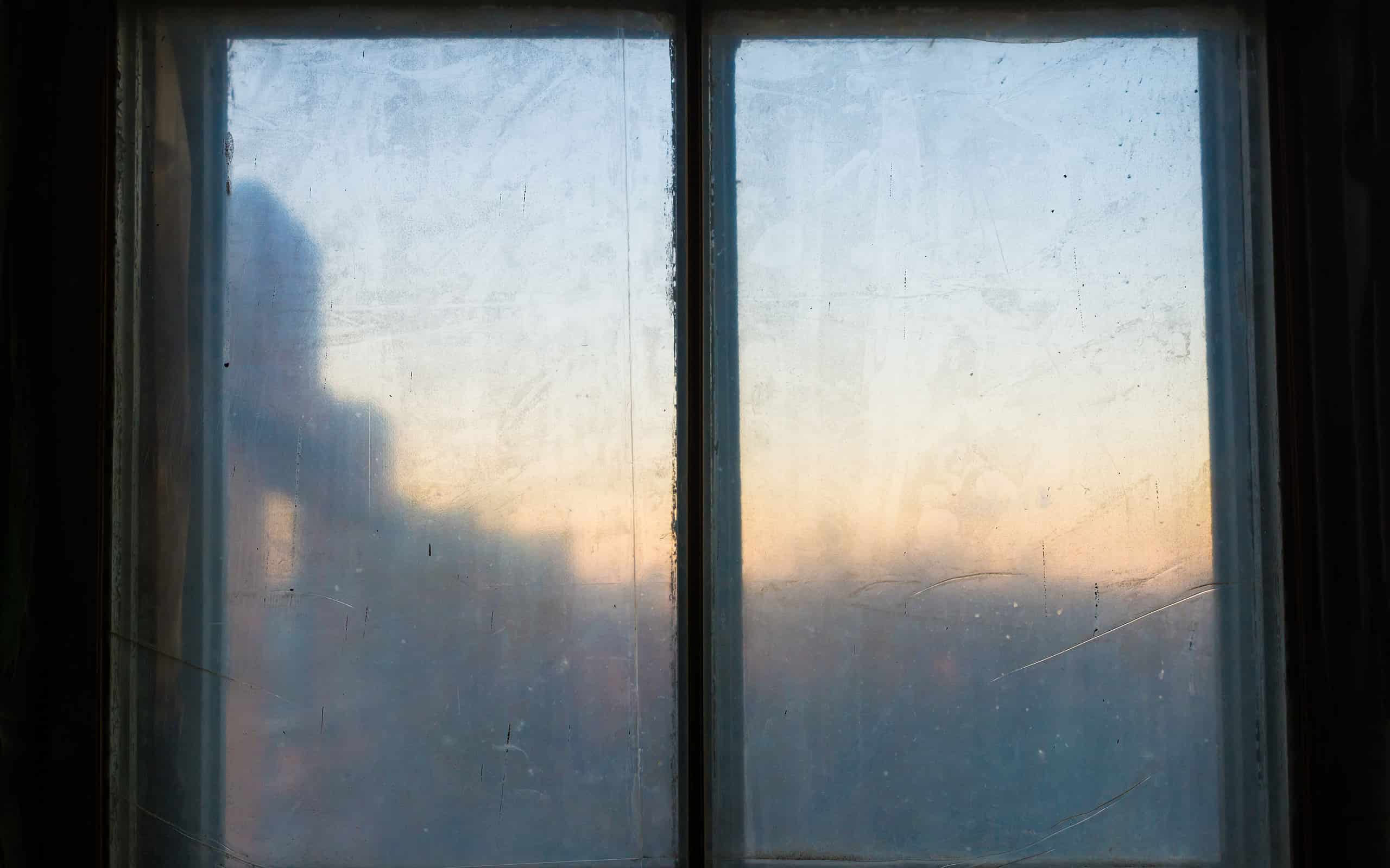
Cellophane window covers are surprisingly effective.
©mihakonceptcorn/iStock via Getty Images
If you live in an older home with outdated windows, try cellophane window seal kits. These kits come with a roll of cellophane (or pre-cut panels) and durable double-sided tape. They’re easy to install! You simply apply the double-sided tape around the window, remove the protective cover from the adhesive, position the cellophane, press it to the adhesive, and heat it with a hair dryer.
The heat shrinks the cellophane, creating a seal against drafts. The key is to apply it carefully to prevent any gaps. These kits are available online or at your local department store.
Use Residual Heat
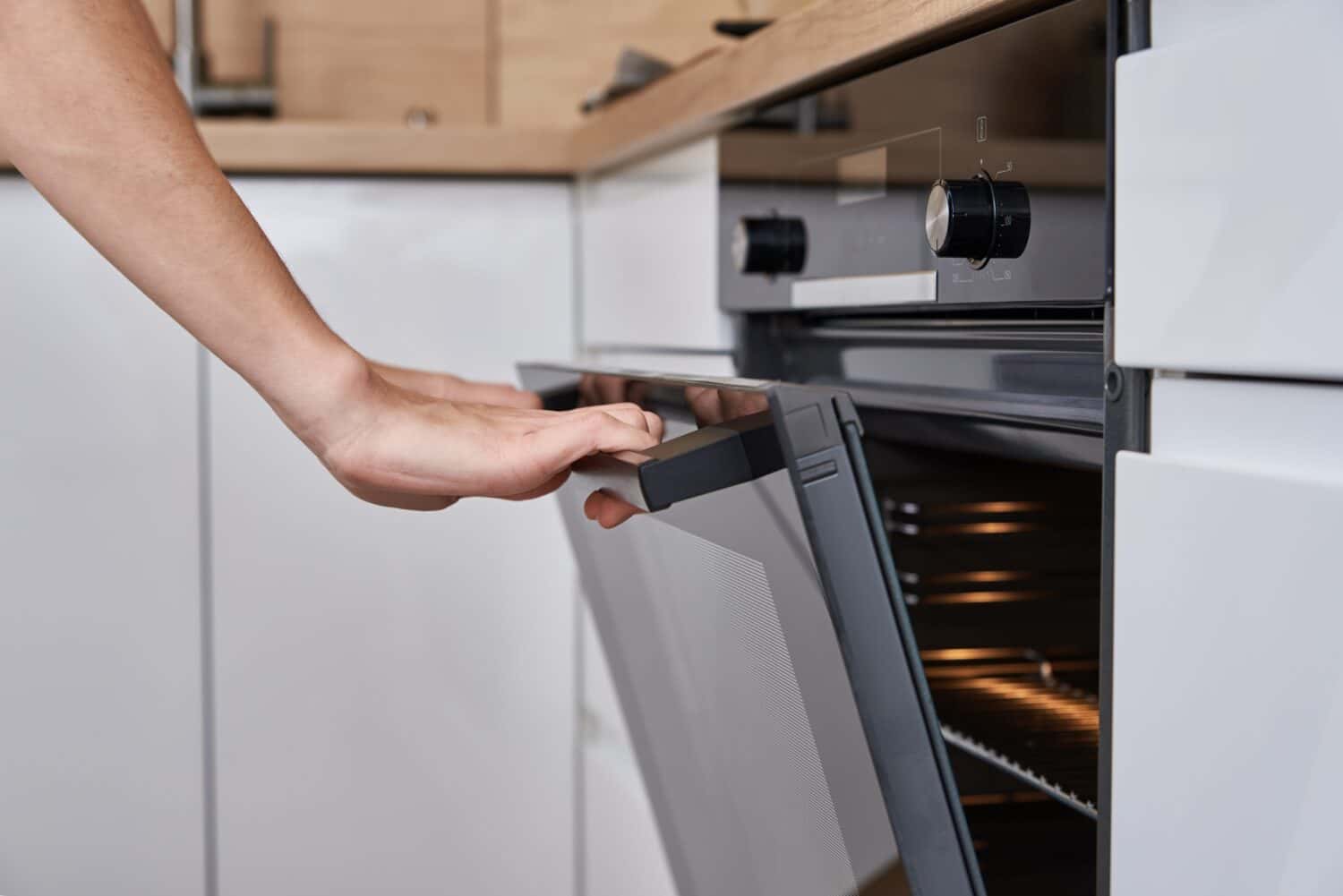
Leave your oven open for residual heat.
©Lazy_Bear/Shutterstock.com
Take advantage of indirect heat sources in your home. After you cook, leave your oven open to let the residual heat radiate through the kitchen, closing it when the heat has dissipated. You’re paying for this energy anyway, so why let it go to waste?
Use Fans Efficiently

Turn your fan on clockwise during the winter.
©kirill4mula/iStock via Getty Images
Ceiling fans aren’t just for the dog days of summer. In case you’ve forgotten elementary science, warm air rises, and cool air sinks. Turn your ceiling fans on during the winter to push warm air back toward the ground.
Set your ceiling fan clockwise on a low setting during the winter. This setting will gently push the warm air down and improve overall air circulation.
Remember to use bathroom fans and exhaust fans wisely, too. While these fans are effective for reducing humidity levels, they’ll also cool down arm air in your house if left on for too long. Use a timer, or remember to turn them off after use.
Clean Out Your Vents and Heat Pumps
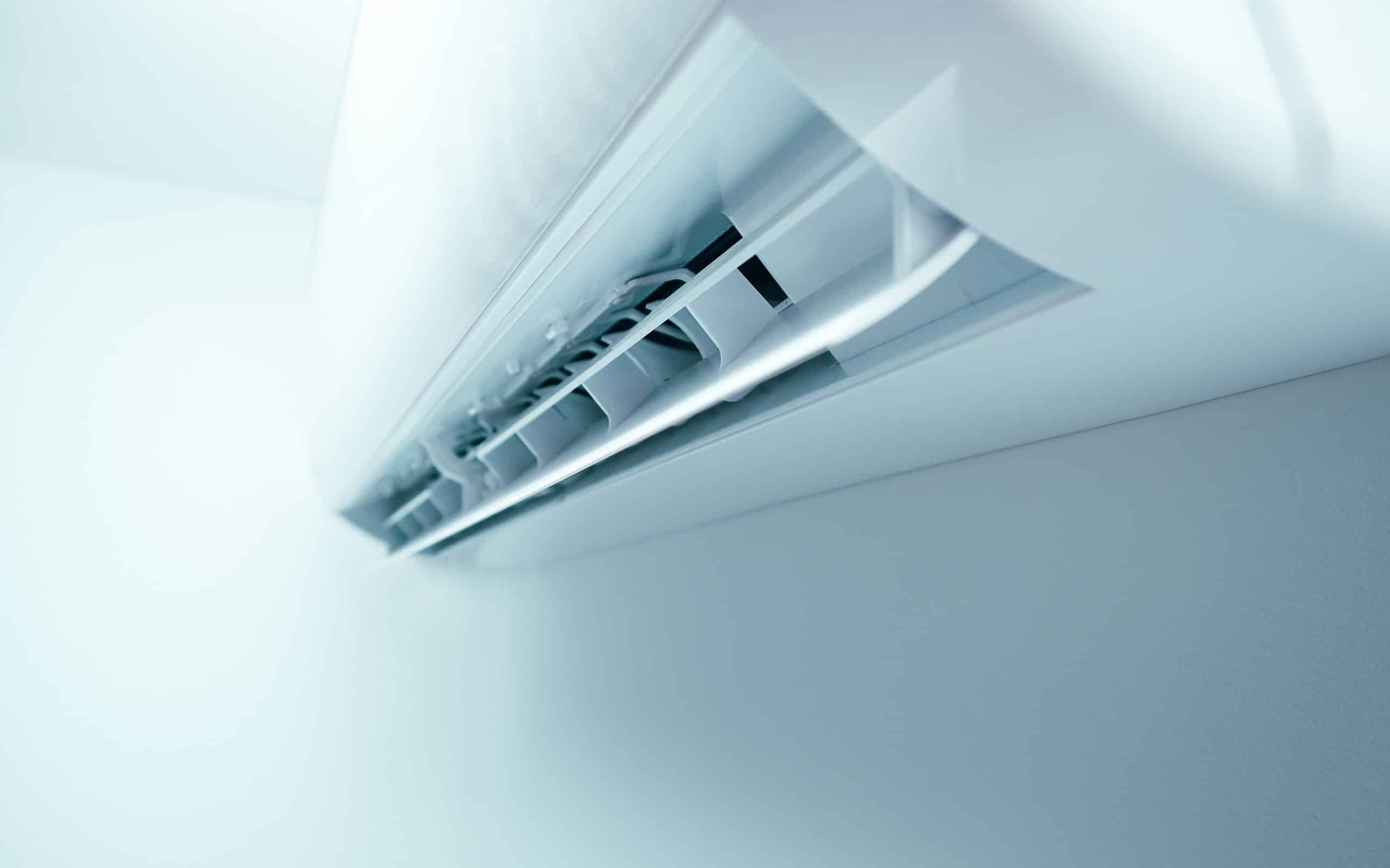
Clean the filters of your heat pumps regularly
©Ana-O/iStock via Getty Images
Another way to make your home more energy efficient this winter is to stay on top of cleaning out your heat pump filters.
Additionally, consider scheduling a tune-up and deep cleaning before the cold weather arrives. When your heat pumps are blocked up, they’ll work harder to get the air up to your desired temperature, leading to more energy consumption.
It’s also important to vacuum and clean out your vents regularly. Not only will this chore improve energy efficiency, but it positively impact your air quality.
Use Thermal Curtains
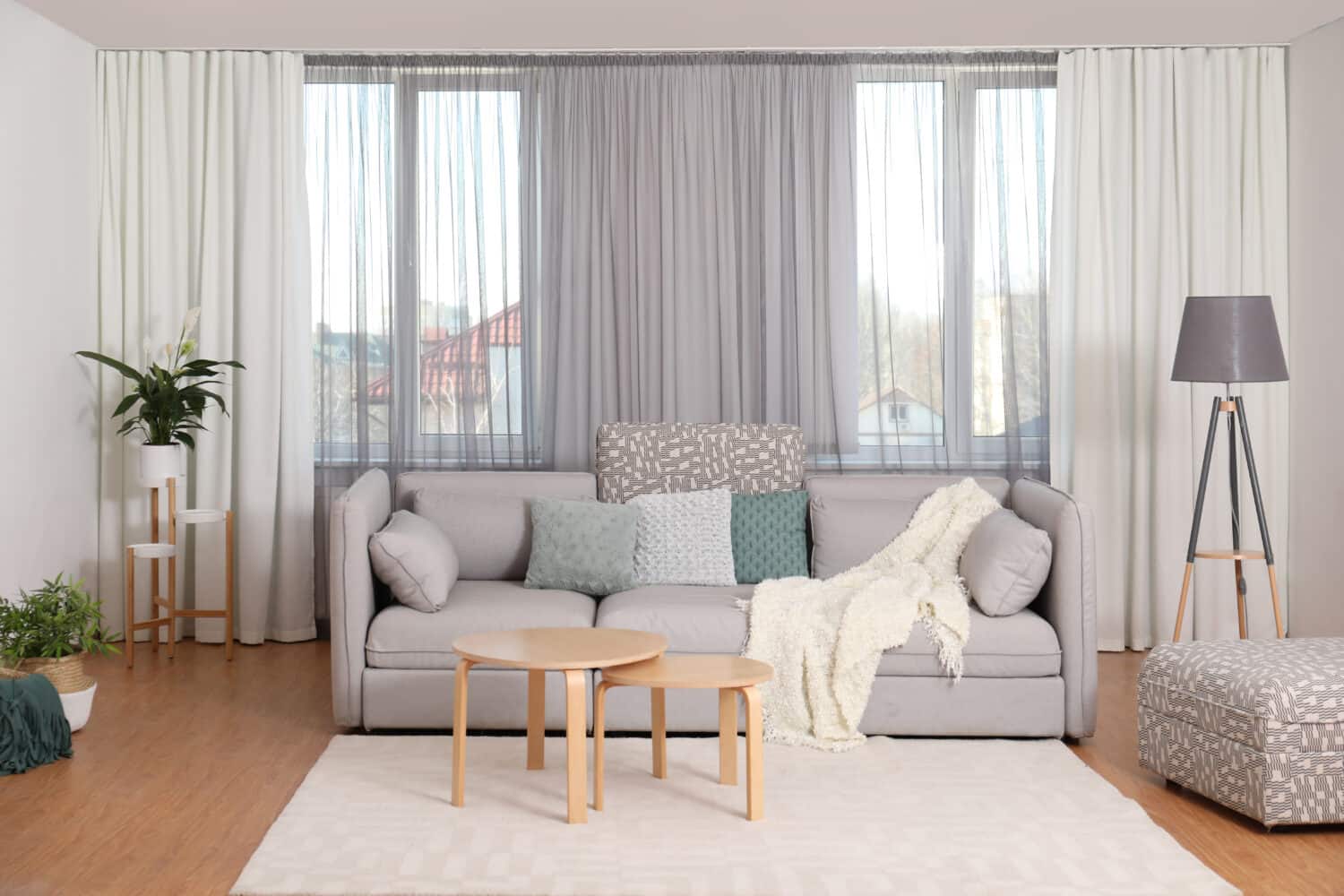
Thermal curtains help block cold drafts
©New Africa/Shutterstock.com
Thermal curtains are effective barriers against cold drafts.
Add these for extra protection from drafty windows. You can open them during sunny days to let the light heat up your home, then close them when night falls and the temperature plummets. These help keep your home cool during the summer, too.
You can also hang thermal curtains in archways or entryways to minimize the draft from exterior doors as you enter and exit your home, though this depends on your home’s layout.
Close Doors to Unused Rooms
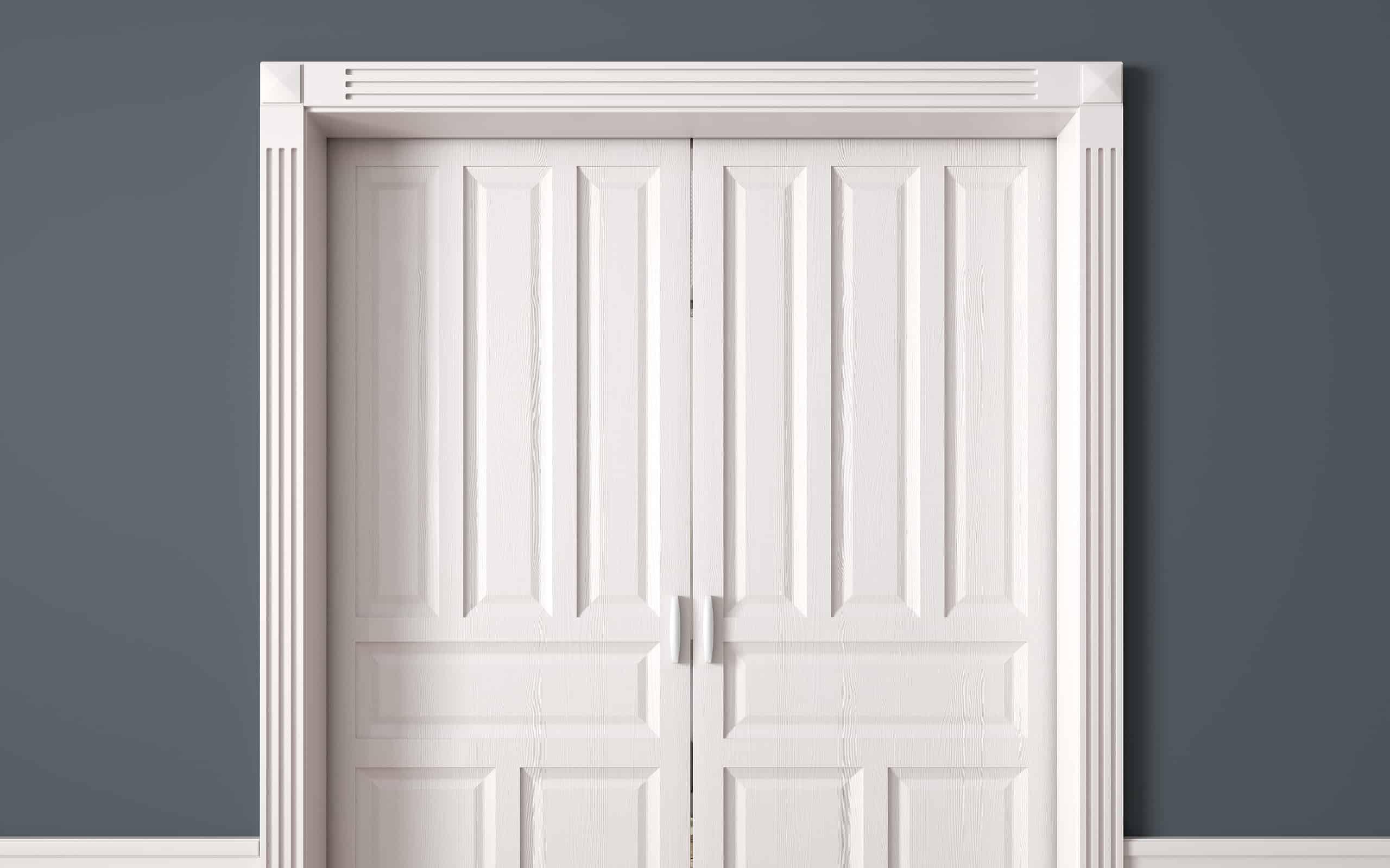
Redirect the flow of heat by closing certain doors.
©Scovad/iStock via Getty Images
Close the doors to unused rooms to redirect warm air where it’s needed the most. For example, if you have an office that’s rarely used or bedrooms, that no one is in during the day, shut the door until they’re needed. The room will stay temperate, but your heating system won’t work as hard.
If you have a furnace, close the vents in these rooms as well.
Place Draft Blockers Under Doors
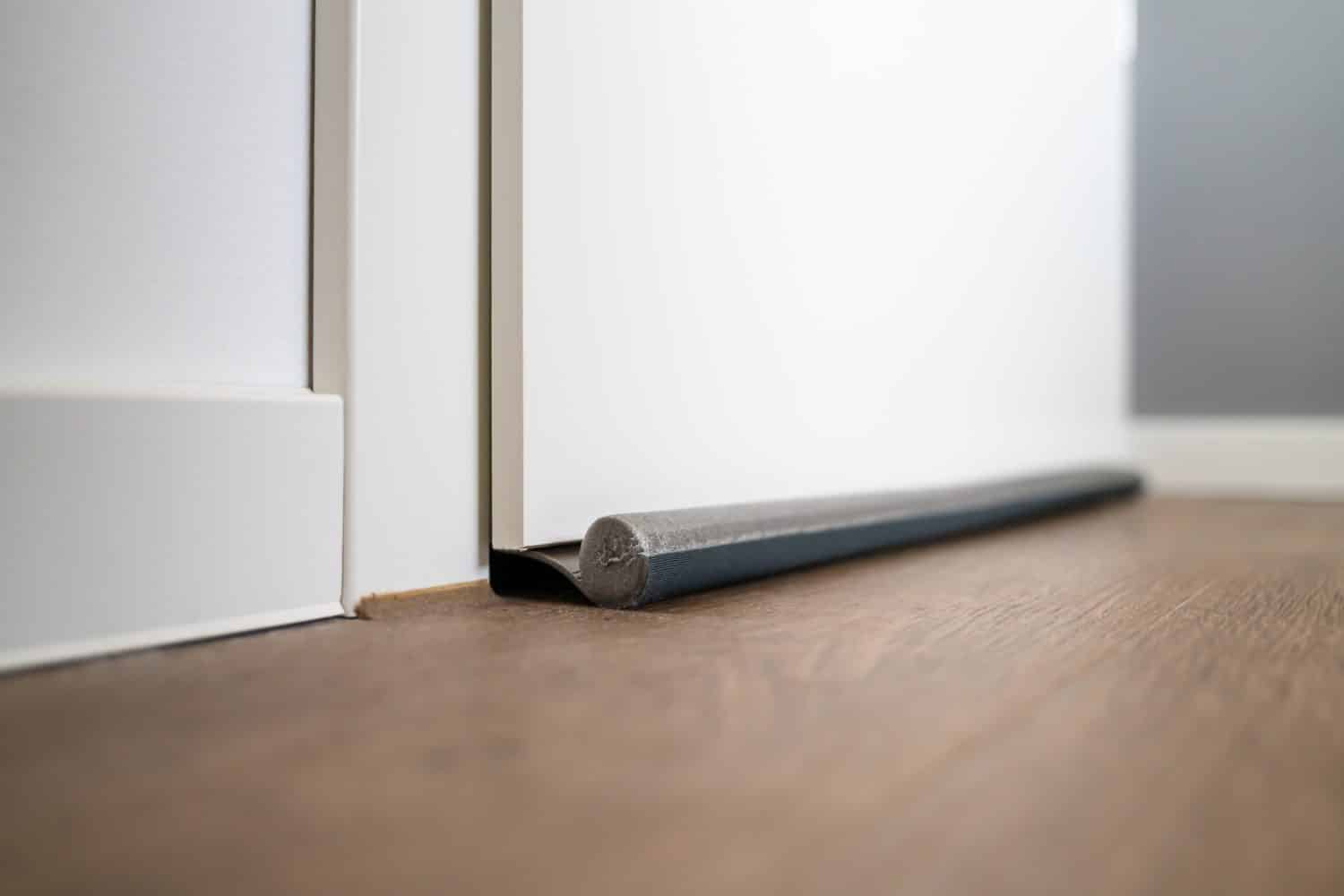
Draft blockers are a simple way to make your home more energy-efficient.
©Andrey_Popov/Shutterstock.com
Draft blockers are an insert that slides onto the bottom of your door to prevent cold air from flowing underneath. These are perfect for basement doors and unused rooms. Like thermal curtains, they’re also helpful during the summer when the air conditioner is running.
Seal Unused Fireplaces

Seal off unused fireplaces and vents.
©Jovy86/iStock via Getty Images
If you have an unused fireplace, seal it off to prevent massive warm air loss during the winter months. If you like the aesthetic of the exterior fireplace, you can accomplish this by placing insulation in the chimney and discreet foam inserts in the vents.
The photo featured at the top of this post is © Davslens - davslens.com/Shutterstock.com
Thank you for reading! Have some feedback for us? Contact the AZ Animals editorial team.







